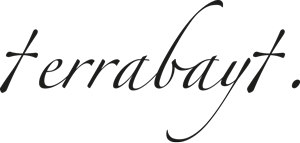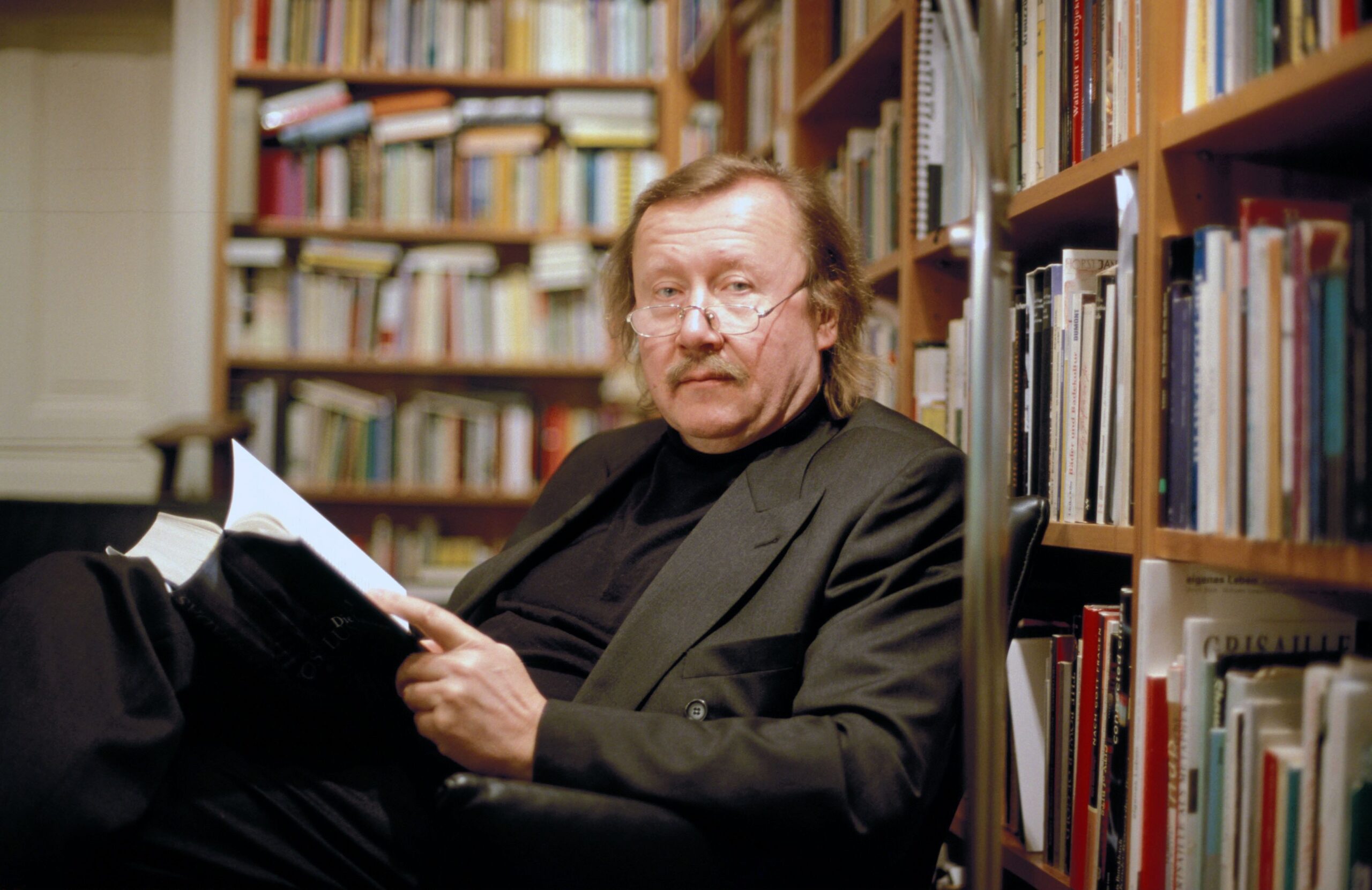“The Sound of The Clock In My Bedroom Has Never Felt That Loud”
The entire world is locked down due to the coronavirus breakout, leading to a rapid shift in the atmosphere of cities, our daily habits, and routines. Even in the most populated cities such as New York, Hong Kong, Rome etc., the streets are emptying. There are no longer rush hours, public transportation lines, packed streets and cafe shops crowded with people. The only thing that can be seen in the sky is, this time, not planes, but birds and clouds.

Streets are emptying in Istanbul upon the Covid-19 outbreak, Taksim Square, photo credit: Burcu Yaşin.
In this recent juncture in the world history, the Greek word kenopsia which is used to signify a place usually bustling with people but now abandoned, quiet and uncanny, suits very well with the recent atmosphere of the world’s metropolitan cities. Despite the rapidly increasing daily death toll in Turkey, the state has not yet declared a state of emergency, it has rather announced partial curfew to be implemented only in the weekend. Social confinement is promoted through public campaigns and announcements made from mosques. The citizens are thus encouraged to stay at home, giving a dose of kenopsia to Istanbul, as well, notwithstanding a brief interruption upon the panic buying right after the goverment’s two-days of curfew announcement on a Friday night at 10 pm.
In this recent juncture in the world history, the Greek word kenopsia which is used to signify a place usually bustling with people but now abandoned, quiet and uncanny, suits very well with the recent atmosphere of the World’s metropolitan cities.
The normal structure of life is suspended, and we have recently started to hear a different sonic world in Istanbul. While some people feel uncanny about this unusual change in the soundscape, others seem to enjoy it. However, these contradicting feelings are directly related not only to the soundscape itself but also to the multiple ways we listen to it.
Soundscapes never get rest, they are in constant change as life flows and there is nothing to do about it. The only thing that might be changing is the way we listen to our environments. Maybe this is what John Cage implies when he says, “whereas I love sounds, just as they are. And I have no need for them to be anything more than what they are. I don’t want them to be psychological. I don’t want a sound to pretend that it’s a bucket, or that it’s president, or that it’s in love with another sound. I just want it to be a sound”.
Here, I follow the footprints of John Cage’s philosophy, and accept the sounds as they are without attributing them any negative or positive values. I will try to shed light on how COVID-19 has shaped the auditory experience in our everyday lives and how we endeavour to claim our existence within this constantly changing soundscape with the help of the ethnographic data that I gathered from 20th to 29th of March via an online questionnaire with 10 individuals residing in Istanbul.
The normal structure of life is suspended, and we have recently started to hear a different sonic world in Istanbul.
As life flows, sounds are also immediately transformed, they spread and react to the flow of life; just like a mirror, they become reflections of the ongoing changes in our environment. They all are in constant change responding to new conditions and circumstances. Yet “we don’t have ear lids” as Murray Schafer (Schafer, 2003, p.25) stated, it is impossible to deny and stop their seizure over us. As such, it can be said that sounds can act and spread as fast as pandemics crossing our bodily limits.
As Garth Paine states, “sound is a uniquely temporal medium. It is the very temporality that illuminates transformations and relationships, night into day, year-on-year climate changes, how the environment responds to such pressures” (Paine, 2017, p. 173). However, soundscape in itself is not enough to understand our connection with a place. Listener’s connection to the sound h/she hears, as much as sounds themselves, matter in the formation of a soundscape. Hence, listening is also an integral part of our experience of the environment.
Sounds of horns and crowds, children playing on the streets, music coming from the houses we pass by are among the sounds that have gradually become less audible or completely disappeared in Istanbul while new sounds started to emerge.
In the acoustic communication approach, Truax emphasizes the role of listening in the process of the perception of sound waves and vibration, and utilizes the term soundscape “to put the emphasis on how that environment is understood by those living within it -the people who are in fact creating it. The individual listener within a soundscape is not engaged in a passive type of energy reception, but rather is part of a dynamic system of information exchange” (Truax, 1984, p.9-10). As such, the perception of environment and its sonic reflections depend on a complex, interconnected and cumulative relationship between the listener and what s/he hears, all of which constituting the sonic environment/soundscape itself.
However, there is not an alphabet or a receipt for listening. Basically, every individual listens subjectively, in their own way (Augoyard and Torgue, 2008,p.4). So it is indeed the uncanny part of working with sounds, because not only the listeners’ perception but also the ever-changing nature of the sound is uncanny and slippery.
Shift in the urban soundscape upon the Covid-19 outbreak
With the regulations to contain the COVID 19 pandemia, the sounds that we are accustomed to hearing in our everyday life are, one more time, changing. Sounds of horns and crowds, children playing on the streets, music coming from the houses we pass by are among the sounds that have gradually become less audible or completely disappeared in Istanbul while new sounds started to emerge: applaud sessions to show solidarity with healthcare workers, the 21 pm. sela sessions – a special praying for the deceased performed before the burial – ordained by the government to create a sense of union among the population. Some already existing sounds have become more audible with the social confinement of the human inhabitants of the city: birds and stray cats and dogs. And we have come to hear more ambulances and sounds of our neighbors.
“The washing machine and the combi boiler. These two sounds really remind me of the fact that we are in corona days”
Before the outbreak of COVID-19, Istanbul’s soundscape was mostly dominated by sounds of construction and the constant hum of traffic. Therefore, sounds of sparrows, pigeons, the wind, the rain, among others, were basically masked. However, as the soundscape began to shift, natural sounds became more audible. People mostly point out that they are indeed content with hearing these sounds more than usual.
One of my interlocutors, Berke (27), states that he normally mostly hears the sounds of construction and motor vehicles in the city, yet the noise pollution in Istanbul decreased due to the recent regulations to contain the spread of Covid-19. He adds that he now has the chance to hear the sound of birds.
Songs of birds recorded in Istanbul after the social confinement on the 11th of April by the autor.
“There were mostly sounds of constructions and motor engines of the automobiles attempting to go up the slope in front of my house. Due to recent coronavirus measures, these two sounds considerably declined, and I don’t miss them at all. For now, in the surrounding sonic environment, I hear the sounds of birds, the wind, and the rain -when it rains-. I hear the shopkeepers in the vicinity loudly talking to one other to keep the social distance (‘what’s up?’, ‘how are you doing?’ etc.), and I also hear the sounds of the rare airplanes”.
While Italians sing from their balconies, Yo-yo ma has been sharing pieces called “songs of comfort” everyday, Coldplay’s Chris Martin made an online performance for his fans. So one way or another, all around the world people try to give out a sound.
Some even indicate that they are now capable of recognizing small moves of the birds through little sonic details. “Nowadays, sounds of birds are more audible than ever. Even when the windows are closed. As traffic density decreases, I can closely hear the sounds of the seagulls and sometimes even the flapping of the pigeons” Deniz (31) says.
People also hear more of the domestic sounds in their flats: “The washing machine and the combi boiler. These two sounds really remind me of the fact that we are in corona days” says Günsu (33).
Deniz (31) also emphasizes that she has never heard the sounds of her own flat that much before, adding that hearing these sounds makes her feel that she is safe at home.
“The sound of the clock in my bedroom has never felt that loud. When the music is off, I hear its tic-tac sounds. Otherwise, the music is on all day in the flat, mostly tunes to classical and jazz music. On the other hand, I hear the clatters of my neighbors. I now hear the sound of the washing machine and whatsapp notifications. They make me feel like I am home and safe”.
We have also come to hear the sounds of our neighbors more than we used to do. Most people indeed stress that they’ve never heard their neighbors’ sounds this much before. While some are annoyed by that, others seem to have made peace with it.
Deniz (31) is among the ones who are displeased with these sounds. She states that she didn’t hear the sounds of her neighbors before the social confinement.
“I am not so pleased to hear the sounds of my neighbors, I mean they are always at home. I keep hearing the sounds of their vacuum machine, them pushing and pulling their furniture, I never heard these sounds before. “
Sounds might also be an instrument to feel that we subsist in times of crisis when our survival is at stake.
On the other hand, hearing the neighbors’ sounds might also evoke a sense of solidarity. “I live in an old apartment, hence all day I hear the conversations of my neighbors and sounds coming from their TV. All we know is that everybody stays at home. Although we don’t visit each other, it feels like there is an unspoken solidarity among the residents of the apartment”, says Ela (31).
It is indeed true that a sense of solidarity becomes prominent in times of corona. Almost all around the world, people find ways to create a sense of unity, and the means to lift up their mood. While Italians sing from their balconies, Yo-yo ma has been sharing pieces called “songs of comfort” everyday, Coldplay’s Chris Martin made an online performance for his fans. So one way or another, all around the world people try to give out a sound.
People in Turkey, just as in other countries like Israel, Spain, France etc. initiated applaud sessions for health-care workers on March 20 at 21 pm. The sessions continued for three days until March 23. Some evaluate these applaud sessions as a sonic representation of solidarity.
We sonically say, ‘here I am’ through the applaud sessions, which has utmost importance at a time when the death toll of a yet unknown virus is augmenting day by day.
“I think that such practices definitely have a positive impact on the society. They allow people to feel that they are not alone in this and they are in solidarity with each other. Even though I think that the overlapping sounds of applaud sessions, people and pots and pans etc. are cacophonic, in times like this, they make me feel good. It sounds like a way to say that life goes on” says Deniz (31). It can indeed be said that the applaud sessions become a sonic way of declaring that “we are alive, we are all in this together”.
Stating that he also attends the applaud sessions every night, Berke (27) adds that it is an alternative way of communication with each other.
“I also attend the applaud practice for healthcare workers every evening. I think it is quite a motivator. Because, we all globally go through this process and experience it. And I think this practice provides us with an alternative way to communicate with each other apart from online communication channels.”
Even people living in blind alleys here in Istanbul performed these applaud sessions, albeit knowing that actually the only one who could hear them were themselves and most probably their neighbors.
“Actually, the clapping thing is quite interesting because no one can actually hear the clappings of my neighbors except from us, people who reside in this building. So it feels like we are lifting each others’ mood”, says Martin who lives in Çukurcuma (58).
We can then say that the applaud sessions also function as means to exhibit oneself to the surrounding soundscape to create a sense of togetherness. As such, people react to the soundscape they contribute to it, interact with it, and even claim their existence through it. Sounds might also be an instrument to feel that we subsist in times of crisis when our survival is at stake. Jeff Todd Titon, an ethnomusicologist, also underlines that sound “signals presence both to the creature itself and to other creatures.” (Titon, 2015, p.6). Hence, sounding appears to have two functions, the first of which is to exhibit one’s existence to oneself and the others.
A citizen living in Bolu is reported to have installed a speaker in a coffin and put it on top of an automobile to broadcast sela on the streets so as to raise awareness on the requirement to “stay at home”.
Titon defines this very situation by using the example of singing in the shower. According to Titon, when we sing in the shower, we are basically announcing our own presence to ourselves (Titon, 2015, p.6). Hence, it can be said that the applaud sessions function in the same manner. By attending this practice, we are not only evoking the feeling of solidarity but also interacting with other beings. As such, we present ourselves to the environment, hence to the soundscape. Therefore, borrowing Titon’s words “sound says here I am” (Titon, 2015, p.4), we sonically say here I am through the applaud sessions, which has utmost importance at a time when the death toll of a yet unknown virus is augmenting day by day.
However, the applaud sessions only lasted for 3 days, and on March 24th this sound is replaced by a new sound: the sela (melodic verses in Arabic mostly chanted to announce the death of someone) and the following praying ritual. The sound of sela mostly represents death, making it quite uncomfortable to hear everyday at 21:00 pm for most.
Sela session in Çukurcuma/Istanbul on the 13th of April, recorded by the author.
A citizen living in Bolu is reported to have installed a speaker in a coffin and put it on top of an automobile to broadcast sela on the streets so as to raise awareness on the requirement to “stay at home”.
While new sounds, -sounds of birds, neighbors, sela– become more audible day by day, Istanbul’s original multilayered soundscape consisting of sounds of ferries crossing the Bosphorus, music coming from coffee shops, laughters of people sitting in the terraces of restaurants, children playing on the streets etc. have faded away. This change in the soundscape appears as loss of joy in the narratives of Istanbulites. “I don’t hear sounds of fussy mums and school kids, it is something truly missing now”, Meltem (57) says.
“The sound of the bell ringing in the historical tramway crossing the famous Istiklal Street in Beyoğlu where I spend most of my time, and the sound of the ferry horns I keep hearing while walking around in Beşiktaş… They are the sounds that I miss the most. I also miss the crowds, sounds of people. The streets have lost their joy since the confinement”.
It has probably been long since Istanbul experienced such Kenopsia. The country has gone through several curfews in times of political turmoil followed by the feeling of estrangement coming from the imposed silence of the urban space. This time it was the coronavirus that led to social confinement and the following sense of kenopsia in the city.
While new sounds, -sounds of birds, neighbors, sela– become more audible day by day, Istanbul’s original multilayered soundscape consisting of sounds of ferries crossing the Bosphorus, music coming from coffee shops, laughters of people sitting in the terraces of restaurants, children playing on the streets etc. have faded away.
Foreman is right, soundscapes are indeed uncanny (Foreman, 2011, p.266), most probably someday these sounds will also be replaced by others. Nonetheless, this is not the only thing that is uncanny in this case.
A street musician performing on the 16th of April in Taksim/İstanbul emptied out due to Covid-19 social confinement .
As I am writing the last sentences of this essay safe at home with the company of my favorite music lists on Spotify, there are many people outside struggling with harsh conditions. While I have the chance to confine myself at home, some people are obliged to go to work everyday to earn their lives. Then there are healthcare providers who risk their lives each and every day in healthcare facilities. And then there are refugees living in camps under who knows what conditions, refugees mostly coming from Syria upon the outbreak of the war. And there are still people performing music on the streets to collect some money to save the day. Eventually, they all experience the pandemic under different conditions, so they most probably perceive the soundscape very differently than I or others do. So I would like to remind my readers of the fact that our life conditions definitely have an impact on how we listen to or experience the soundscape. Let’s keep that in mind because corona measures don’t apply to anyone equally. It is then natural that reflections on the soundscape would not be the same for everyone.
Bibliography
Augoyard, J.-F. and Torgue, H. (eds.) (2008). Sonic Experience: A Guide to Everyday Sounds. Translated by Andra McCartney and David Paquette. Ithaca, NY: McGill- Queen’s University Press.
Foreman, I. (2011) ‘Uncanny Soundscapes: Towards an inoperative acoustic community’, Organised Sound, 16 (3), pp. 264-271.
Garth, P. (2017) ‘Acoustic Ecology 2.0’, Contemporary Music Review, 36:3, pp. 171-181.
Schafer, M. (2003) ‘Open Ears’ in Bull, M. and Back, L. (eds.) The Auditory Culture Reader. Oxford, UK: Berg, pp. 25-39.
Titon, J.T (2015) ‘Exhibiting Music in a Sound Community’, Ethnologies, 37 (1), pp. 23- 41.
Truax, B. (1984) Acoustic Communication. Norwood, New Jersey: Ablex Publishing Corporation.
Filmography
- Écoute (1992) Directed by Miroslav Sebestik [Film]. Facets Multimedia Distribution.
Copy edited by Öznur Karakaş







Хорошее решение